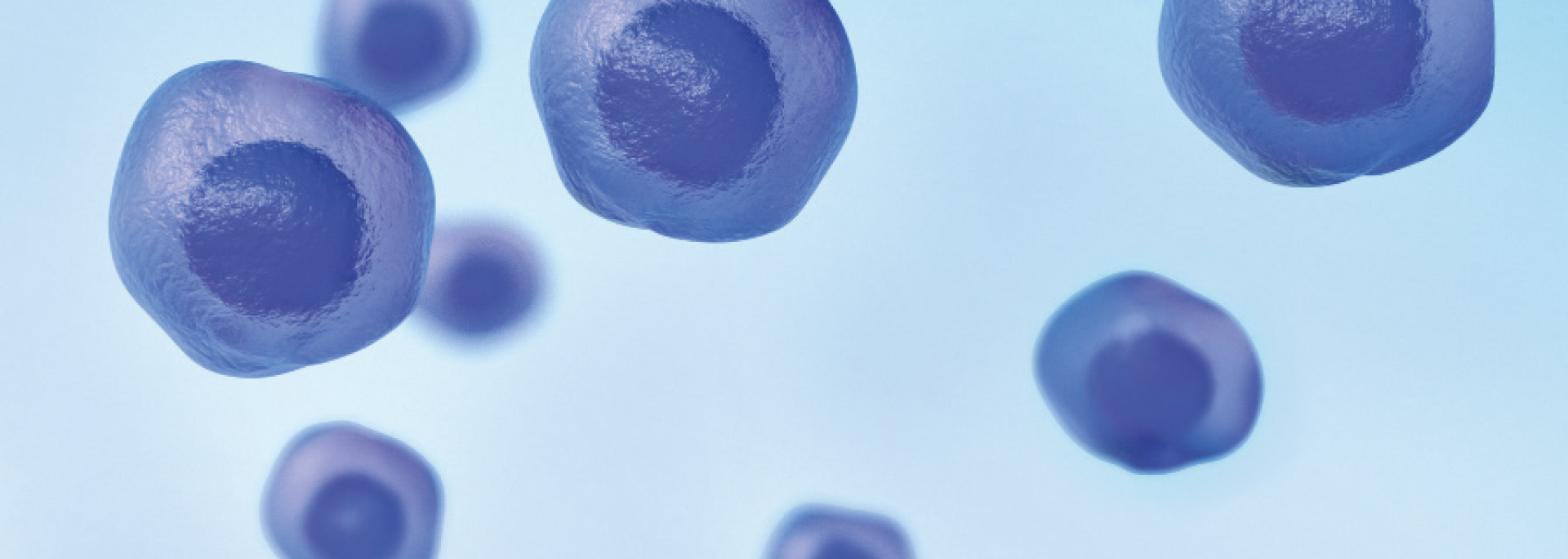

4D-Proteomics™
4D-MBR and dia-PASEF®: Ushering in the area of 4D-Proteomics™
The addition of the ion mobility dimension in the timsTOF Pro and timsTOF fleX delivers more benefits than an increase of sensitivity, selectivity and MS/MS acquisition speed. The unique tims design allows to reproducibly measure the Collisional Cross Section (CCS) values for all detected ions, and those can be used to further increase the system’s selectivity, enabling more and more reliable relative quantitation information from complex samples and short gradient analyses.
4D-MBR: resolving the missing value problem for short gradients LFQ experiments
DIA is the most widely used acquisition strategy to resolve the missing value problem. However, using it requires the construction of spectral libraries – which can be timely and difficult when it concerns an uncommon organism – and traditional DIA methods are too slow to be compatible with short gradient analysis. In such cases, the PASEF®-LFQ delivers speed, flexibility and reliability. Nonetheless, even with > 100Hz MS/MS, some peptides might not be selected for fragmentation in every analysis, especially while using short gradients.
The Match Between Runs (MBR) approach has been developed to resolve this missing value issue. MBR extracts intensity information for all peptides to be quantified using narrow m/z and retention time windows. This combination of filters, previously suggested as not being specific enough, is resulting in inaccurate ratio measurements. 4D-MBR adds an extra CCS filter to the first m/z and retention time ones, allowing for much greater specificity as illustrated in our application note LC-MS 151.
dia-PASEF®: taking DIA analysis to the next level
The combination of DIA with PASEF® allows to compensate for the traditional DIA pitfalls: by using a pattern of m/z isolation windows within consecutive tims events, the percentage of ions used in the dia-PASEF® can be greatly increased (reaching up to 100% for low complexity samples, and still 5X higher than with traditional DIA methods using comparable isolation windows size and m:z range for high complexity samples). The dia-PASEF® cycle time can be reduced to make it compatible with short gradient separation while preserving a high selectivity. It benefits from the tims space concentration effect that allows for increased sensitivity and takes DIA selectivity to the next level with full 4D-Proteomics™ support.
Targeted protein degradation
Targeted protein degradation (TPD) is a promising new therapeutic approach that involves the selective degradation of disease-causing proteins. While TPD has shown great potential in preclinical studies, there is still much to learn about how to develop TPD drugs that are safe and effective in humans.
Trapped ion mobility spectrometry (TIMS) is a cutting-edge mass spectrometry technique that can be used to characterize the activity of TPD drugs on proteins of interest and the surrounding proteins in the cell. By quantifying proteins and related modifications, TIMS can help researchers to:
- Confirm the mechanism of action of TPD drug candidates!
- Make early predictions about possible side effects
- Identify new TPD targets
- Optimize TPD drug design and development
Explore the potential of TIMS applied to the discovery of novel TPD drugs and development. Discover the principles and applications of these techniques
For Research Use Only. Not for use in clinical diagnostic procedures.